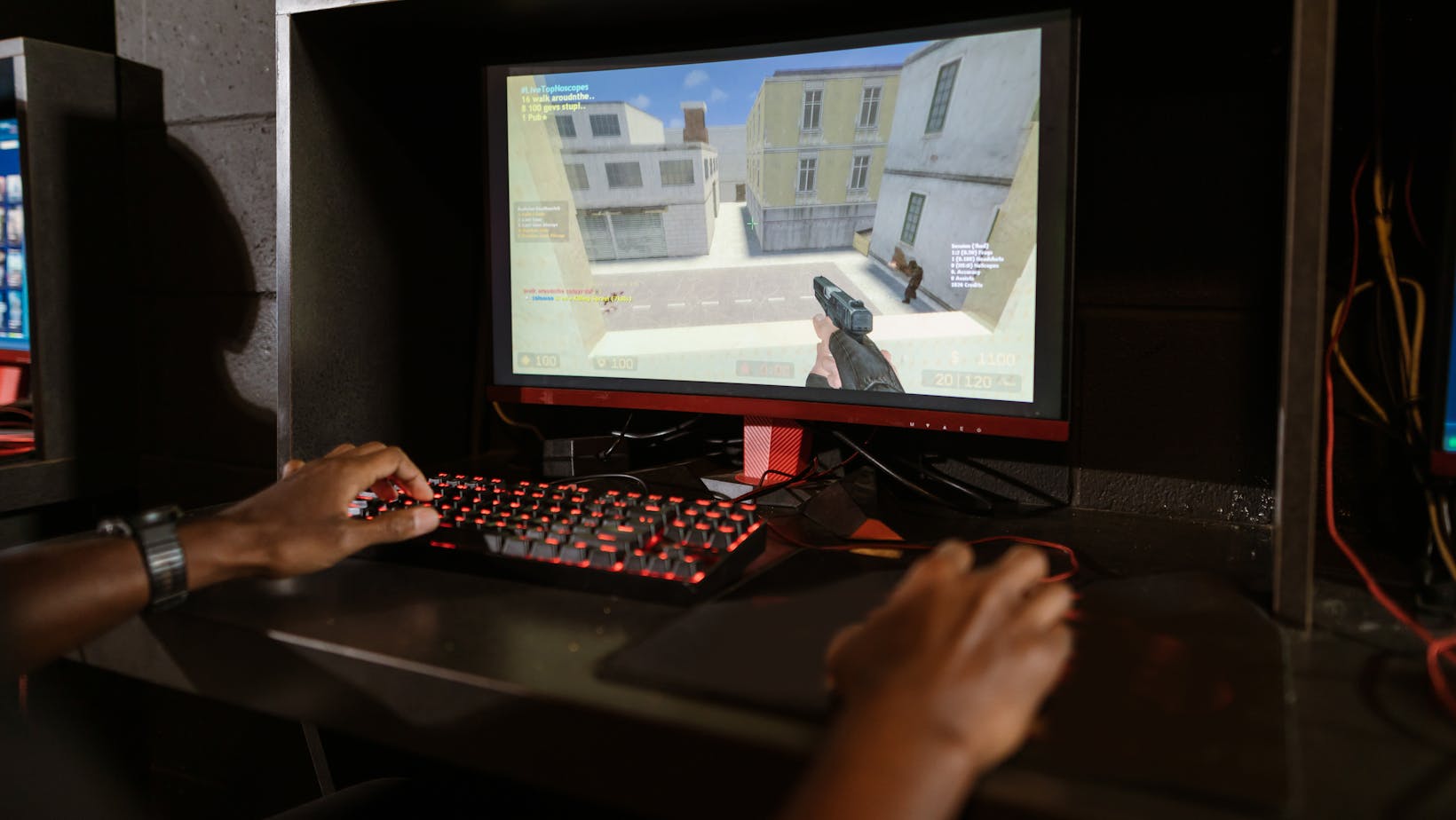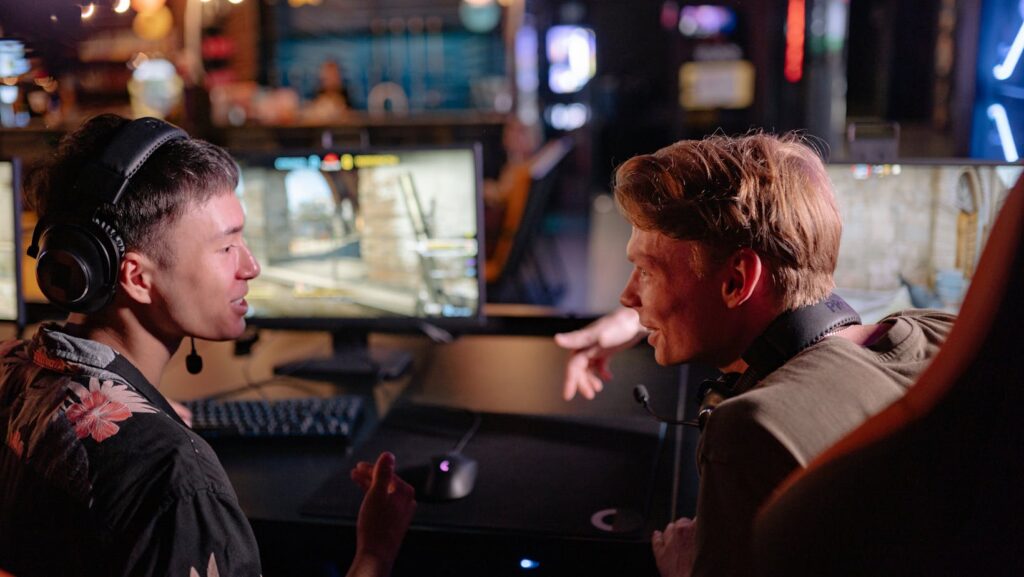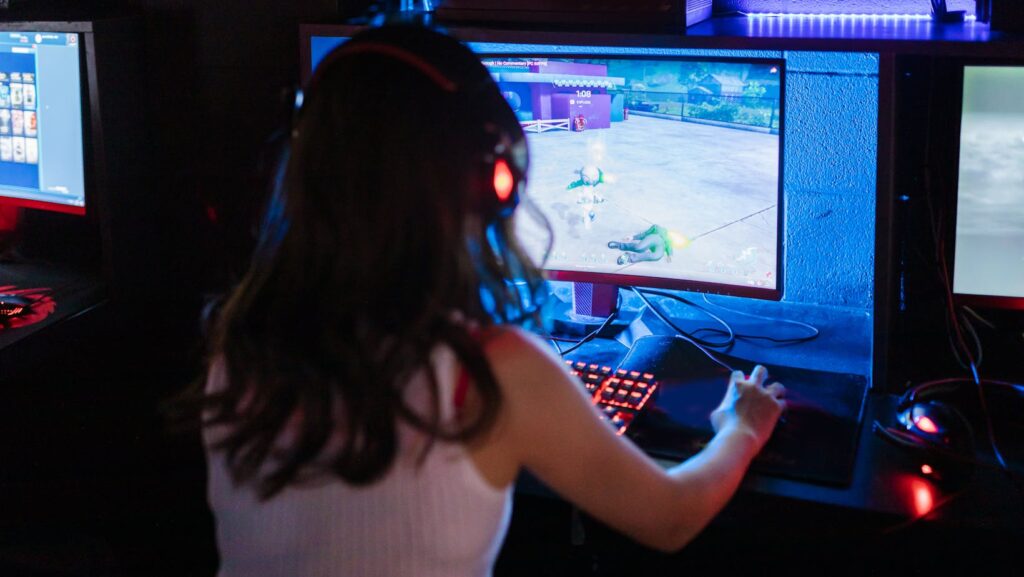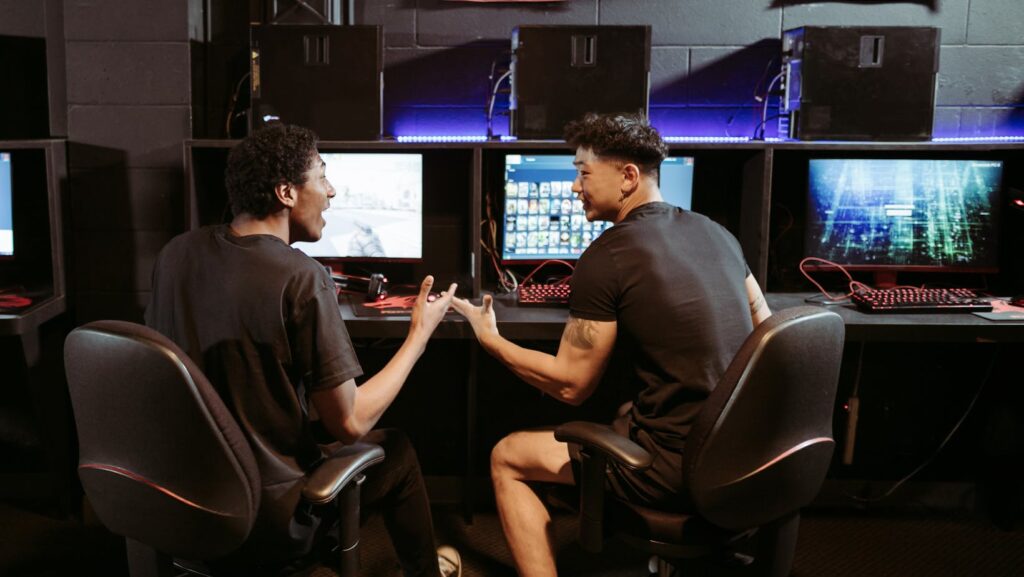In the high-octane world of gaming, every detail matters. Whether you’re a casual player or a dedicated esports enthusiast, the right monitor can make all the difference. But with so many options on the market, what to look for in a gaming monitor.
What To Look For In a Gaming Monitor
Unveiling what to look for in a gaming monitor can aid gamers in making astute purchasing decisions. Delving into the comparison between gaming monitors and regular monitors and understanding the significance of gaming monitors can provide users with a thorough comprehension of the subject.
Gaming Monitors vs. Regular Monitors
When distinguishing gaming monitors from regular ones, several pivotal features come to the surface. Foremost, gaming monitors unquestionably outshine regular monitors in the realm of response time. Response time stands for the speed at which a monitor refreshes, quantified in milliseconds.

Secondly, gaming monitors offer significantly higher refresh rates than regular monitors. Commonly exceeding a refresh rate of 120Hz or even 240Hz, gaming monitors grant a smoother, more refined gaming experience. Regular monitors, on the other hand, usually linger around a refresh rate of 60Hz.
Lastly, certain gaming monitors contain adaptive sync technology such as FreeSync or G-Sync. These technologies, missing in ordinary monitors, help annihilate screen tearing and reduce display stutter.
Essential Features of Gaming Monitors
Screen Size and Resolution
The screen size and resolution invariably contribute to the quality of visuals. Gamers, therefore, scout for monitors in the size range of 24 to 27 inches, offering a comfortable viewing experience. Within this bracket, a resolution of 1080p (Full HD), 1440p (QHD/2K), or 2160p (UHD/4K) creates crisp and detailed images, ensuring gaming aesthetics.
Refresh Rate and Response Time
Refresh rate and response time form the spine of gaming monitor features. Models with a refresh rate upward of 120 Hz provide a fluid gaming experience, effectively eliminating frame skipping. On the other hand, monitors sporting a response time under 5ms help to reduce motion blur, thus providing a cinematic gaming effect.
Panel Type

The type of panel significantly determines the image quality and viewing angles. Gaming monitors commonly incorporate three types of panels: TN (Twisted Nematic), VA (Vertical Alignment), and IPS (In-Plane Switching). TN panels lead in speed but lack in color representation, whereas IPS panels excel in color accuracy and viewing angles but aren’t always the fastest. VA panels find a mid-ground, achieving a balance between color representation and response time.
Additional Gaming Monitor Features
Sync Technology: G-Sync and FreeSync
Matching a monitor’s refresh rate to the graphics card, Sync technology mitigates screen tearing and stuttering effects, providing a pronounced improvement in game visuals. Essentially, it serves as a bridge between the monitor and the graphics card, aiming for smoother gameplay.
Two primary types of Sync technology exist—NVIDIA’s G-sync and AMD’s FreeSync. NVIDIA’s G-Sync, specifically manufactured for NVIDIA GPUs, eliminates screen tearing by dictating the monitor’s refresh rate as per the GPU. On the contrary, AMD’s FreeSync, an open standard supported by a variety of GPUs, tackles the same task differently.
Ports and Connectivity
Equally important, ports, or interfaces, allow gaming monitors to connect with a range of devices. USB, HDMI, and the DisplayPort—these serve as the commonly encountered ports on monitors.

Amongst these, the HDMI (High Definition Multimedia Interface) port supports audio and video transmission over a single cable, creating an optimal platform for gaming. DisplayPort, on the other hand, suits high-resolution gaming, especially when paired with NVIDIA’s G-Sync technology. It’s worth noting, the more ports a monitor possesses, the more devices it can accommodate—increasing its versatility and efficiency.
Enjoy Gaming
What to look for in a gaming monitor. With the right gaming monitor, a gamer’s performance can be significantly elevated. It’s not just about picking a monitor with a big screen, but understanding the importance of resolution, refresh rates, and response times. The type of panel – be it TN, VA, or IPS – also plays a crucial role. Sync technology like G-Sync and FreeSync is an added advantage, reducing screen tearing and stuttering for a smoother gaming experience.

